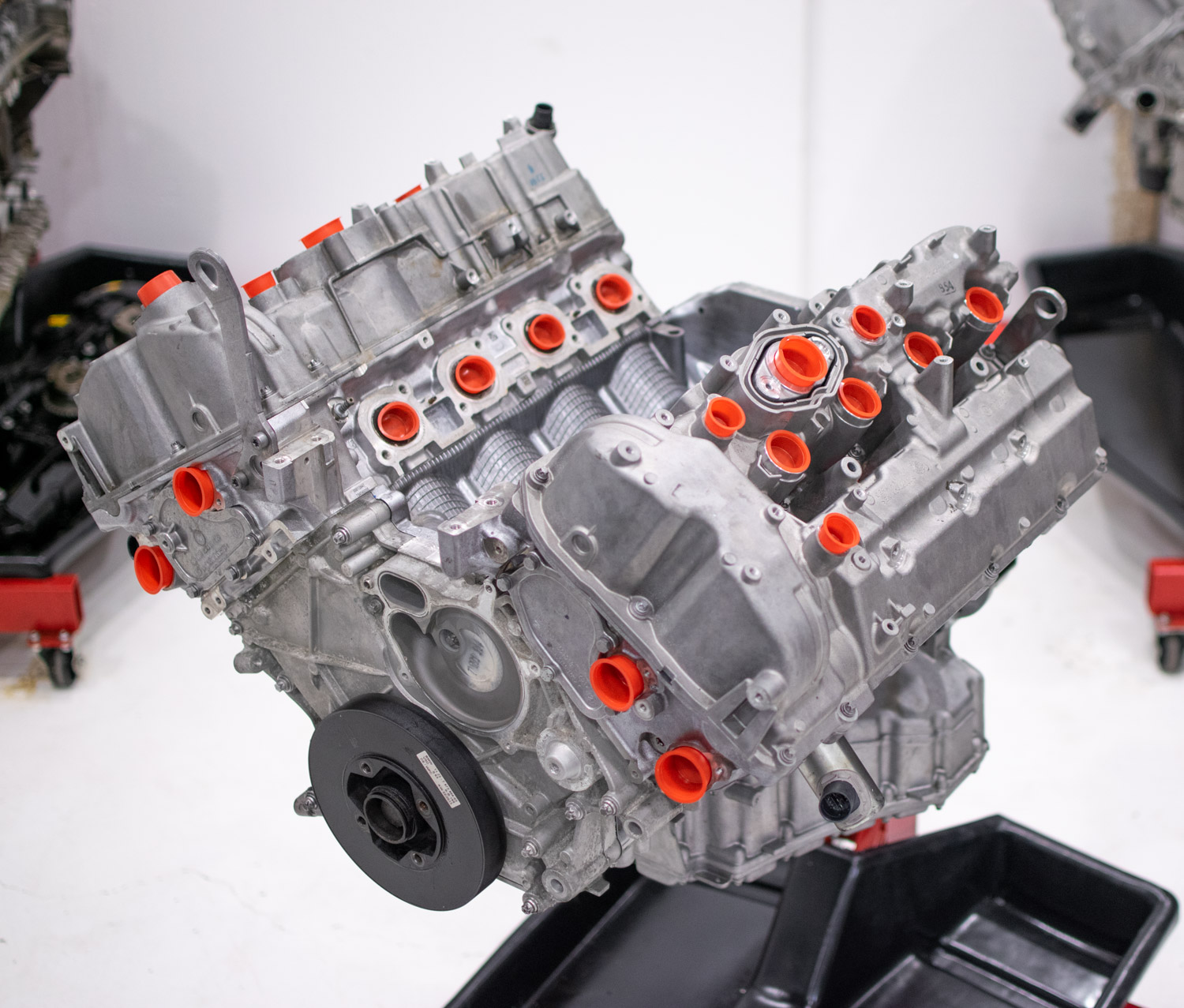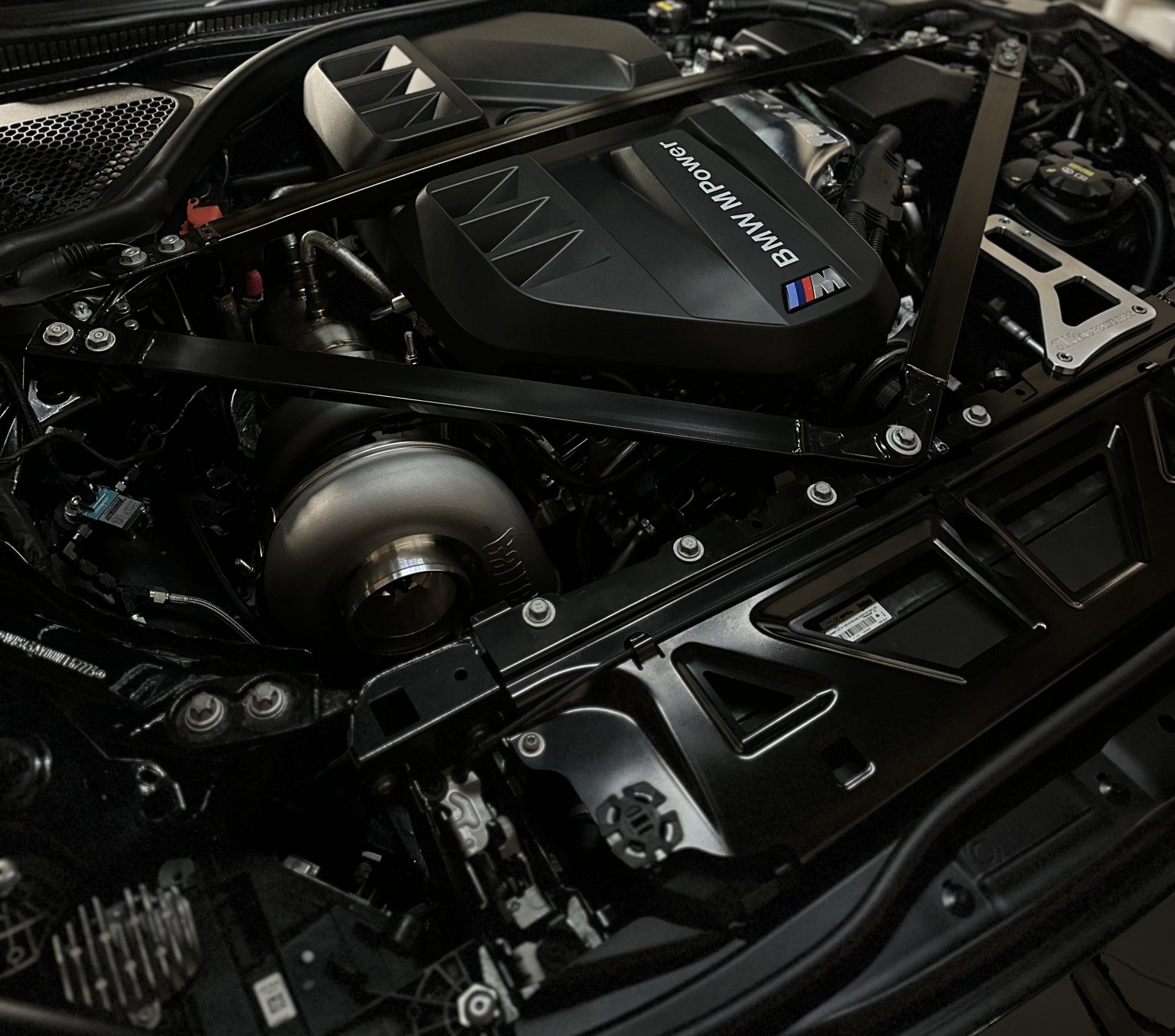Unveiling the Intricacies of Next-Generation Power Units: a Deep Dive Into Advanced Engine Advancements and styles
In the world of automotive engineering, the ruthless quest of sustainability, performance, and efficiency has propelled the advancement of power units to unprecedented elevations. As we stand on the precipice of a new age in transport, the details of next-generation engine layouts bid us to discover the sophisticated innovations and innovations that guarantee to redefine the driving experience. From advanced products that press the boundaries of resilience and weight reduction to innovative turbocharging and supercharging systems that boost power output to new levels, each part of these power devices holds an essential to unlocking the future of automotive engineering. Delving much deeper into the worlds of discharge control, intelligent engine monitoring systems, and the perspective of power device growth, we discover ourselves on the cusp of a transformation that guarantees to improve the landscape of wheelchair as we understand it.
Evolution of Engine Products

The change in the direction of advanced engine materials has actually likewise made it possible for engineers to create engines with greater power outputs while keeping gas effectiveness criteria. For example, the use of light-weight materials decreases the overall weight of the engine, causing improved fuel economic climate and lower discharges. Additionally, innovations in products innovation have enabled far better thermal administration within engines, causing enhanced integrity and longevity.
Turbocharging and Supercharging Technologies
How do Turbocharging and Supercharging Technologies reinvent engine performance and effectiveness in contemporary cars? Turbocharging and supercharging are technologies that dramatically improve engine performance by boosting the amount of air intake into the combustion chamber. Turbocharging achieves this by using a wind turbine driven by exhaust gases to pressurize the consumption air, while turbo charging uses a belt- or chain-driven compressor to attain the same effect.
These technologies make it possible for smaller, more fuel-efficient engines to create power comparable to larger ones, referred to as downsizing. Forcibly more air right into the cyndrical tubes, turbo charging and turbocharging enhance burning efficiency, causing boosted horse power and torque result without a significant increase in engine size. This results in much better acceleration, hauling capability, and general driving performance.
Moreover, turbo charging and turbocharging add to enhanced gas efficiency by allowing the use of smaller engines that take in less fuel under regular driving problems - bmw engine. This mix of boosted performance and effectiveness has actually made turbocharging and turbo charging important elements of many contemporary engine designs
Discharge Control and Environmental Impact
With enhancing worldwide issues regarding air top quality and ecological sustainability, the execution of emission control technologies in cars plays a critical duty in decreasing hazardous toxins launched right into the ambience. Modern lorries are outfitted with innovative discharge control systems that help reduce the ecological influence of auto operations. Catalytic converters, for example, are made to convert poisonous gases such as carbon monoxide gas, nitrogen oxides, and hydrocarbons into much less damaging compounds like co2 and water vapor.
In addition, advancements in engine technology, such as the assimilation of exhaust gas recirculation systems and careful catalytic reduction, have dramatically contributed to reducing discharges. These innovations operate in tandem to optimize combustion performance and reduce the launch of harmful contaminants right into the air. In addition, the development of crossbreed and electric cars represents a crucial step in the direction of minimizing the overall environmental impact of the transport sector.
Intelligent Engine Management Solution

Moreover, these systems make it possible for automobiles to fulfill strict discharges requirements without endangering efficiency, giving a much more ecologically friendly driving experience. The integration of synthetic knowledge and maker learning abilities in engine management systems continues to push the limits of what is feasible, resulting in further enhancements in efficiency, integrity, and total lorry performance. bmw engine. As automobile technology breakthroughs, intelligent engine monitoring systems will certainly play a crucial role in shaping the future of transport in the direction of an extra sustainable and reliable direction
Future Trends in Power System Advancement
As intelligent engine administration systems pave the method for boosted control and optimization in modern vehicles, future trends in power system development are positioned to redefine the landscape of automotive propulsion innovations. These different power resources provide improved performance and performance while straightening with rigid ecological regulations.
Another considerable pattern is the combination of sophisticated materials and making techniques. Lightweight materials such as carbon fiber and aluminum are being made use of to minimize overall lorry weight, boosting gas efficiency and efficiency. In addition, innovations in 3D printing and additive manufacturing are making it possible for the production of complicated engine components with higher accuracy and sturdiness.
Furthermore, man-made knowledge and artificial intelligence are playing an essential role in maximizing power system efficiency. These modern technologies permit real-time tracking and flexible control, bring about much more trusted and reliable power delivery. Overall, future patterns in power system advancement are geared in the direction of sustainability, performance, and performance, driving the automotive market in the direction of a new age of propulsion modern technologies.

Conclusion
Finally, the advancements in engine materials, turbocharging, discharge control, and smart administration systems have led the way for next-generation power systems. These advancements have not just better performance and efficiency yet also lowered environmental effect. As modern technology click to read continues to evolve, future trends in power unit advancement are likely to focus on further improving sustainability and enhancing power result. The detailed designs and technologies in modern-day engines showcase the continuous development of vehicle modern technology.
Discovering the dynamic advancements in engine materials has actually been essential in enhancing the efficiency and performance of modern engines. Over the years, the development of engine materials has played a vital function in pressing the boundaries of what engines can achieve.The change in the direction of progressed engine products has also enabled engineers to make engines with higher power results while maintaining fuel efficiency criteria.The execution of smart engine administration systems in modern cars has actually reinvented the way engines are regulated and optimized this page for performance and effectiveness. By gathering data in real-time and examining it with sophisticated formulas, intelligent engine administration systems can adapt to driving designs, ecological variables, and engine health to make best use of power output while lessening gas usage and discharges.